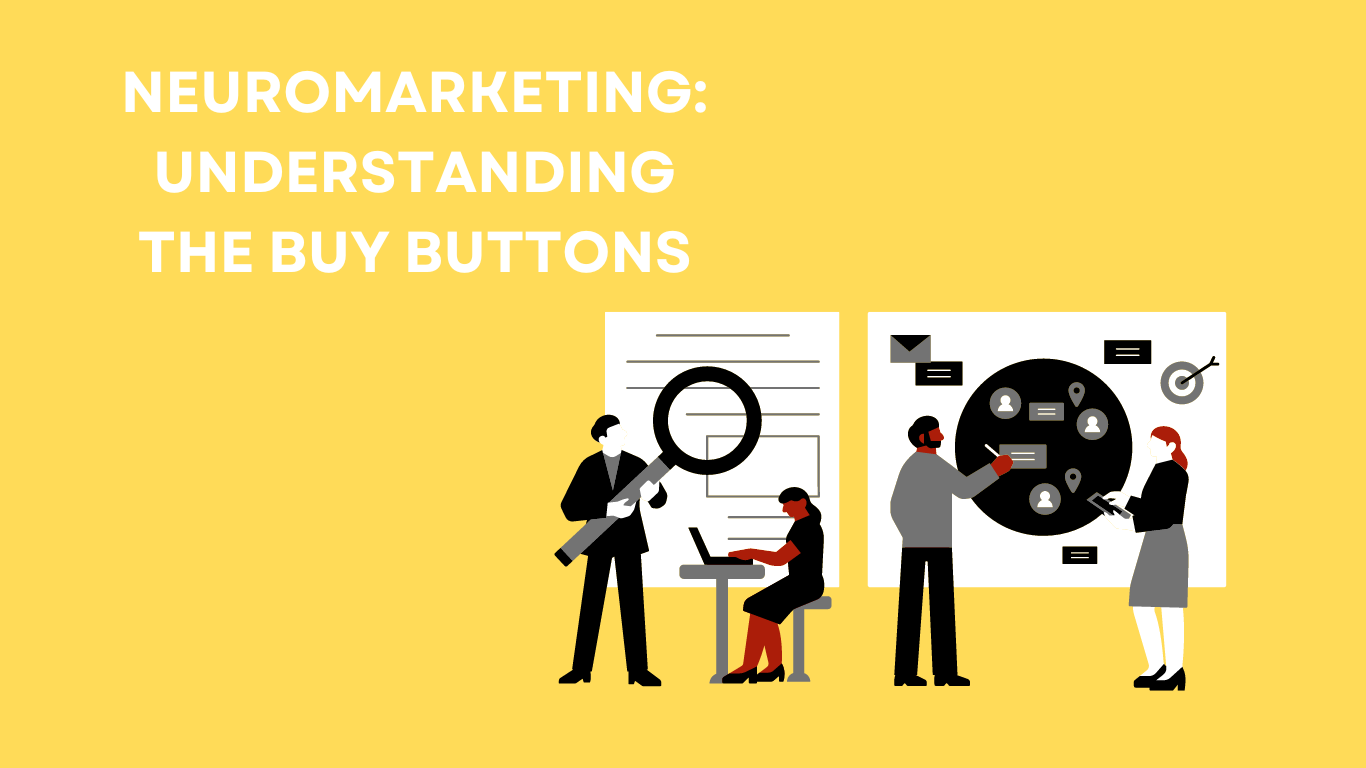Imagine having the ability to delve into the inner workings of the consumer brain, deciphering its intricate mechanisms to tailor marketing strategies that resonate deeply. This is what neuromarketing does
What is Neuromarketing?
Neuromarketing delves into the realms of neuroscience, aiming to study the process behind consumer decision-making processes. By employing advanced technologies such as brain imaging and biometric measurements, neuromarketers seek to gain profound insights into how individuals perceive, process, and respond to marketing stimuli. At its core, neuromarketing aims to decode the ‘buy buttons’ nestled within the human brain, enabling marketers to craft campaigns that trigger desired actions.
Understanding the Brain: The Key Components
To comprehend neuromarketing fully, one must first grasp the fundamental components of the human brain:
- Old Brain: The old brain is your decision-making center; it assesses the information coming from the other two parts of the brain
- New Brain: The new part of the brain provides rational insights, like, “This latte provides the best value for my money.”
- Middle Brain: The middle part handles emotions and “gut feelings.”
Marketers need to appeal to the old brain if they want to increase sales.
Decoding the Old Brain:
The old brain is also lazy. It only focuses on the beginning and the end of something, rather than the middle.
So if you want to sell, make sure that the beginning and end of your ad are bold and attention-grabbing.
Here are four crucial steps to effectively tap into the old brain:
🧠 Diagnosing the pain: Be attentive and listen to your customer, and they will give your insight into their pain
– that is, the reason they desperately need your product.
Say you’re trying to sell an industrial drill. What might your customers’ pain be?
Well, they probably want to bore a hole in a dense surface but lack the equipment to do so.
🧠 Differentiate your claims: Ask yourself: What makes me and my product special, and how will it help solve my customer’s pain?
Try to come up with an answer that is as concrete as possible.
Let’s go back to your drill company: Maybe your unique differentiator is that your customers believe you have the most reliable drills.
🧠 Demonstrate the gain: Your goal here is to definitively demonstrate how your product
answers potential customer’s pain and adds something to their lives.
Don’t be vague! Here, you’ll want to provide hard evidence.
Customer stories, testimonials, short demonstrations, prototypes
🧠 Deliver to the Old Brain: It’s now time to focus on some practical ways to structure your message – ways
that intrigue and entice the old brain.
First, make use of the following building blocks when constructing your message:
Use big pictures to help potential customers visualize what your solution can do for them. These images are most effective when they demonstrate a contrast, such as life before and after adopting your solution.
The Power of Visual Storytelling
Intriguingly, the old brain responds most fervently to visual stimuli. Leveraging this insight, marketers can employ compelling visuals to evoke emotional responses and drive action. By showcasing vivid contrasts between the consumer’s current state and the transformative potential of their product or service, marketers can effectively engage the old brain, nudging consumers towards conversion.
Conclusion
People don’t behave completely rationally, so it’s not rational argument that will win you the sale. Rather, you have to appeal to people’s ancient decision-maker, the old brain. By knowing how to communicate with the old brain, you’ll be that much closer to closing the deal.


0 Comments